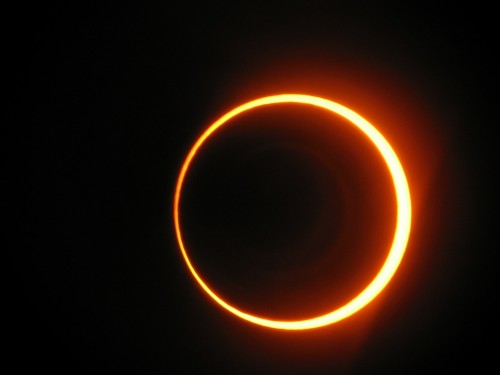 Astronomy enthusiasts and sky gazers will be able to watch five eclipses this year, but only two of these will be visible in India.
Astronomy enthusiasts and sky gazers will be able to watch five eclipses this year, but only two of these will be visible in India.
The celestial events will start with a total solar eclipse on March 9, which will be partially visible in North East, Ujjain based Jiwaji Observatory's Superintendent Dr Rajendraprakash Gupt told PTI.
Later, a penumbral lunar eclipse will occur on March 23, but it would not be visible in India, he said.
Another penumbral lunar eclipse will take place on August 18 and an annular solar eclipse will occur on September 1, both of which will again not be visible in the country.
However, another penumbral lunar eclipse - the last major celestial event of this year, will occur on September 16 and the enthusiasts will be able to watch it in India, he said.
A penumbral lunar eclipse occurs when the sun, earth and moon align in an almost straight line. When this happens, the earth blocks some of the sun's light from directly reaching the moon's surface, and covers a small part of the moon with the outer part of its shadow, also known as the penumbra.
What is�solar eclipse?
A solar eclipse occurs when the moon gets between Earth and the sun, and the moon casts a shadow over Earth. A solar eclipse can only take place at the phase of new moon, when the moon passes directly between the sun and Earth and its shadows fall upon Earth's surface.








